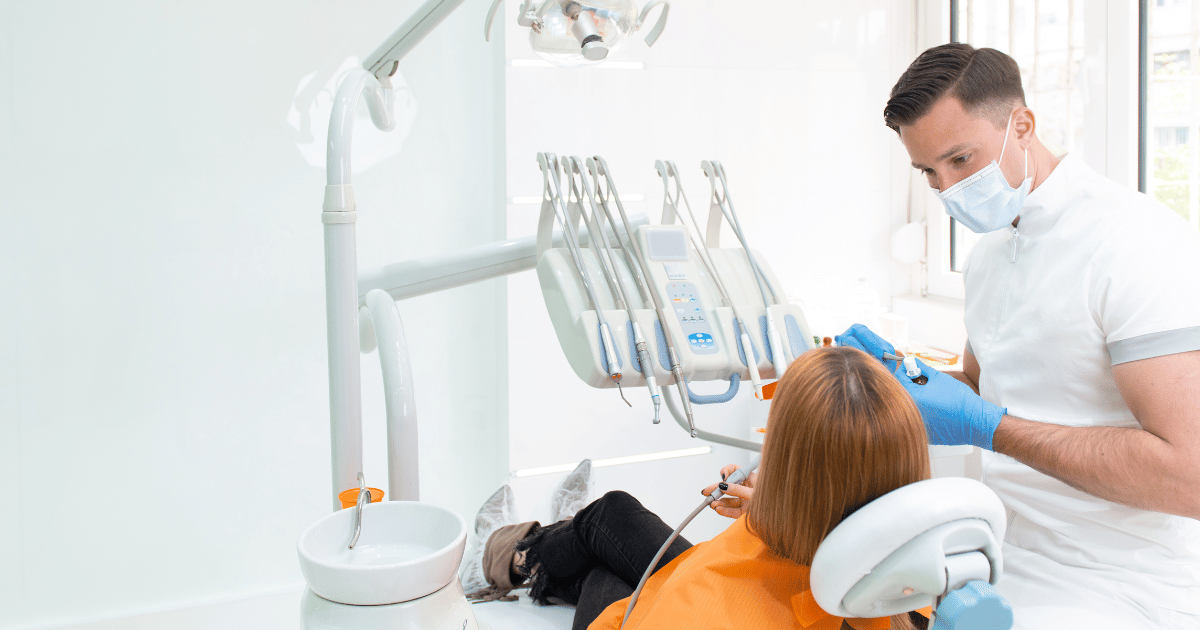Receding gums treatment: strategies & tips
Receding gums, a common dental problem, can lead to increased sensitivity and potential tooth loss if left untreated.
This periodontal disease, where gum tissue pulls away from the teeth, can significantly impact oral health and aesthetics. Effective management and prevention of gum recession are crucial for maintaining healthy gums and teeth.

What causes gums to recede?
Gum recession can result from several factors, ranging from genetic predisposition to lifestyle choices and dental health practices. Poor oral hygiene, leading to plaque buildup and gum disease, is a primary cause. Aggressive brushing or using a hard-bristled toothbrush can also contribute to wearing away the gum tissue.
Other factors include tobacco use, hormonal changes, and misaligned teeth, which place undue stress on the gums and the jawbone.
Signs you are experiencing gum recession
Recognizing the signs of gum recession early is key to preventing further damage. Symptoms can include:
Increased tooth sensitivity, particularly to hot or cold temperatures.
Teeth appearing longer than normal and visible roots of the teeth.
You may also notice a notch near the gum line of your teeth.
If the gum recession is caused by gum disease, you may also notice bad breath or an unpleasant taste in the mouth developing.
If the gum recession is not treated for a long time, you may have a feeling of loose teeth or them being “wiggly”.
Early detection and treatment can prevent the condition from worsening, highlighting the importance of regular dental check-ups.
The risk factors for gum recession
Several risk factors increase the likelihood of developing gum recession. These include:
Genetics, as individuals with a family history of gum disease are more predisposed to experiencing gum recession.
Smoking and tobacco use significantly contribute to gum recession by affecting the blood supply to the gum tissue.
Poor oral hygiene that allows plaque and tartar to build up can also lead to gum recession.
Conditions such as diabetes and HIV/AIDS, which impact the immune system, can increase the risk.
Identifying gum recession early
Early identification of gum recession is crucial for effective treatment and preventing further progression. Regular dental check-ups are essential, as dentists can detect signs of gum recession before they become severe.
Patients should also keep note of changes in their mouth, including sensitivity, a change in the way teeth fit together when biting, or visible roots. Knowing the early signs enables individuals to seek professional advice and treatment promptly, mitigating potential long-term damage.
Dental professionals can use various tools and techniques to diagnose gum recession, including periodontal probing, which measures the depth of the gum pockets around the teeth. Digital imaging may also be used to observe the bone levels around the teeth and identify any recession of the gums. Early diagnosis allows for a wider range of treatment options and a better prognosis.
Effective remedies and treatments for gum recession
Treatment for gum recession varies depending on its severity and cause.
Mild cases may only require a change in oral hygiene habits, such as using a softer toothbrush and adopting gentle brushing techniques.
For more significant recession, professional dental treatments are necessary. Scaling and root planing (SRP) are common non-surgical procedures that deep clean the teeth and gum line, removing plaque and tartar buildup.
In severe cases, surgical options such as a gum tissue graft may be recommended to cover exposed roots and restore the gum line. The cost usually depends on the severity/size of the recession but usually costs from £500 to £3,000 in the UK, based on the location, severity of gum recession and other clinic-specific factors.
Advancements in dental technology have also introduced less invasive treatment options, such as laser therapy, which can stimulate gum regeneration and attachment.
In periodontal laser therapy, the laser will be used to access and remove the inflamed gum tissue from around the tooth´s root. The cost for laser gum treatment in the UK varies a lot, however, it usually costs range from £400 to £1,500.
Patients should discuss with their dentist the most appropriate treatment plan based on their specific condition.
Alleviating sensitivity from receding gums
Gum recession often leads to increased tooth sensitivity due to the exposure of the tooth roots, which contain nerve endings.
To alleviate this discomfort, several strategies can be effective Over-the-counter desensitising toothpaste can help block the pain associated with tooth sensitivity. Dentists may also apply fluoride varnish or prescribe fluoride gel to strengthen the tooth enamel and reduce pain.
For long-term relief, treatments aimed at covering the exposed root surfaces, such as gum grafts or the application of bonding agents, can be beneficial. These procedures not only reduce sensitivity but also protect the roots from decay and further recession.
Individuals need to discuss their symptoms with their dentist, who can recommend the most suitable options based on the severity of the sensitivity and the overall health of the gums and teeth.